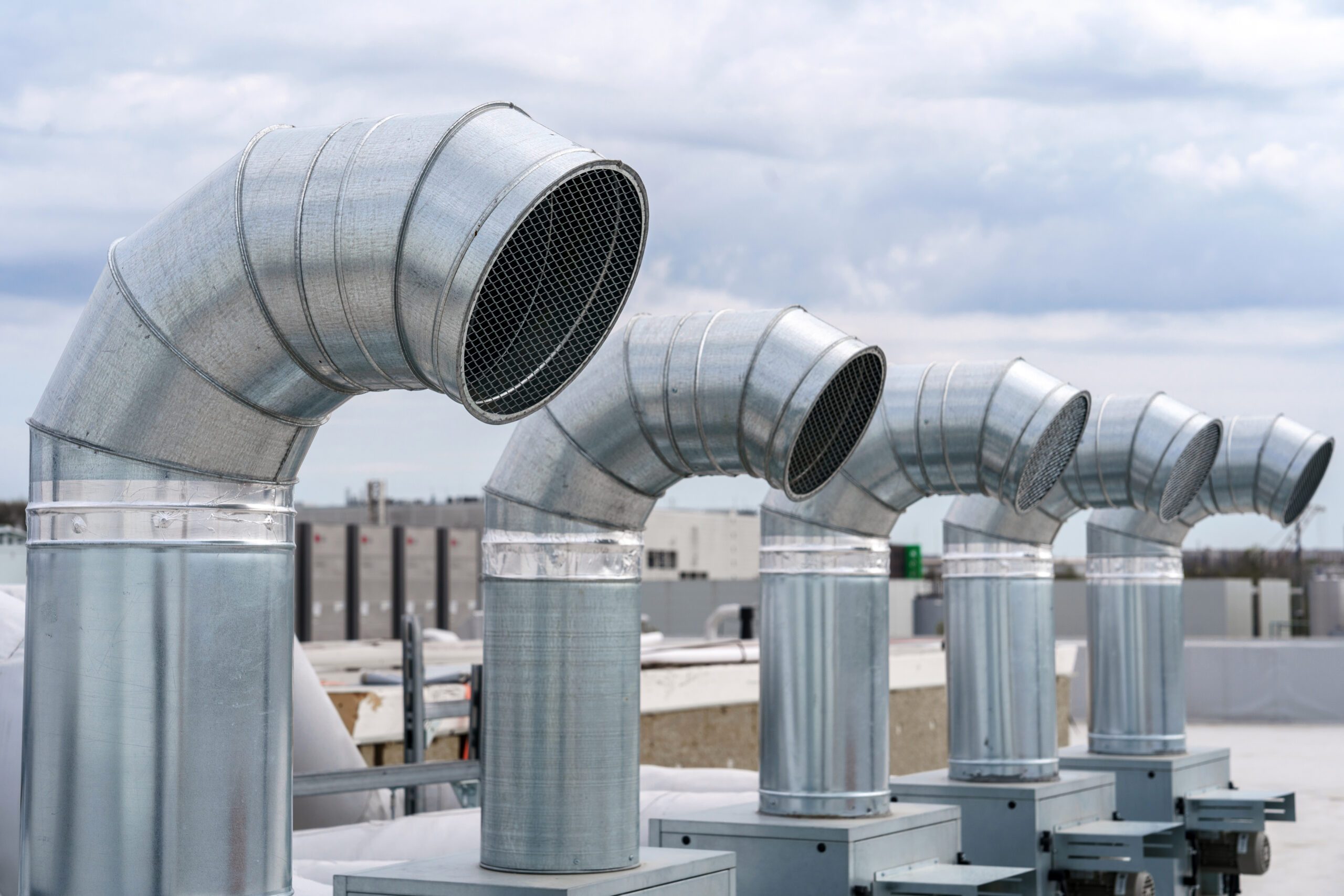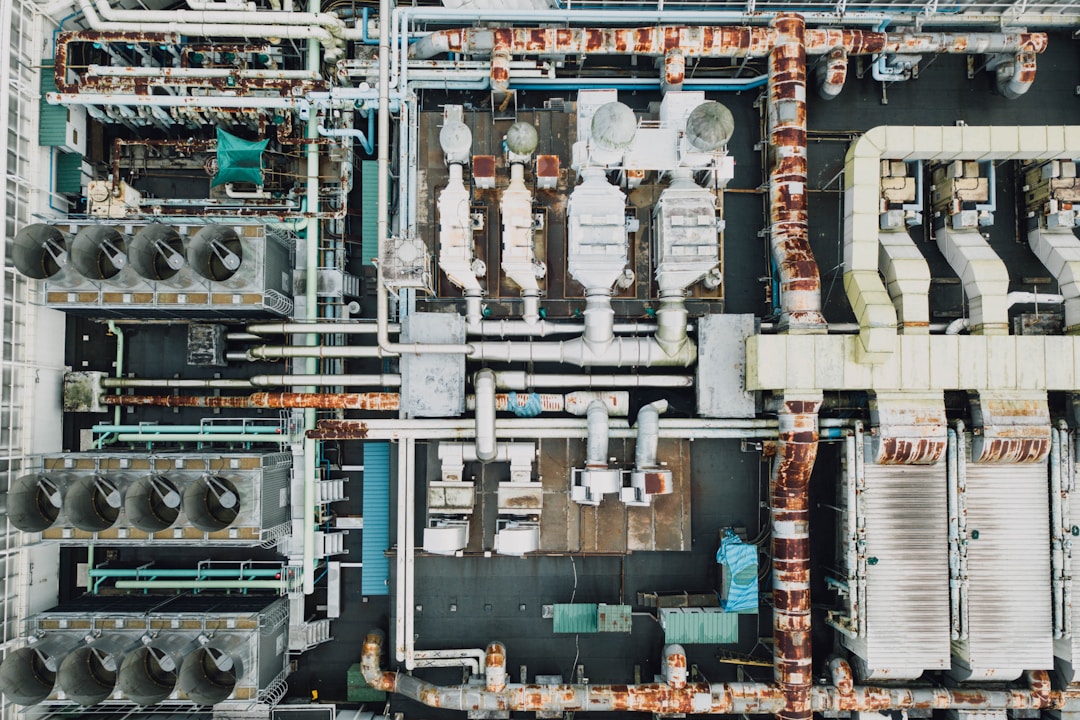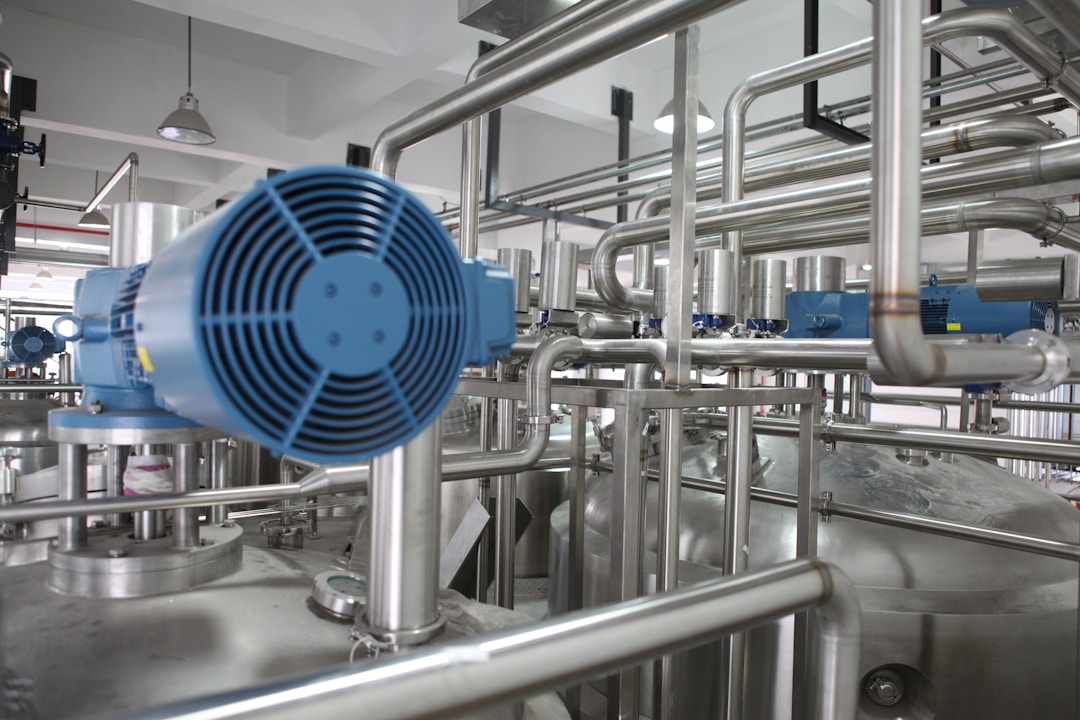
Installation and Maintenance Tips for Industrial Evaporators
Industrial evaporators play a vital role in processing applications, serving industries ranging from pharmaceuticals to food and beverage production. Given their importance in concentrating solutions and facilitating solvent recovery, understanding their operation and care is paramount. Ensuring correct installation and regular maintenance can significantly increase the longevity and efficiency of these critical units. In this article, we will delve into the essential knowledge needed to optimize the performance of industrial evaporators.
Understanding Industrial Evaporators and Their Function

Industrial evaporators are specialized equipment used to remove solvents as vapor from a solution, mixture, or suspension. This process concentrates the solute and reduces the solution volume, which is a core step in many manufacturing sequences. Essentially, these systems function under the principle of heat transfer, where energy input causes the solvent to evaporate while retaining the more valuable components.
Different types of evaporators are tailored for specific applications, with design variances accounting for factors such as the nature of the material being processed and the desired final product concentration. Each type boasts a design best suited for its intended function, from falling film evaporators to rotary evaporators. When selecting an industrial evaporator, one must consider not only the evaporation capacity but also the volatility and sensitivity of the materials involved.
Evaporators operate under various conditions of vacuum and temperature, strategies that help lower the boiling point of solvents to prevent thermal degradation of sensitive substances. The role of an evaporator can range from simple tasks like water removal to complex chemical reactions necessary for product refinement. Whatever the case may be, understanding the operational mechanics is the first step to effective equipment management.
Purchasing a used evaporator can be a cost-effective option for those looking to enhance their system. Companies often refurbish these machines to provide a reliable service at a fraction of the cost of new equipment. This option can be especially valuable for small operations or businesses in the scaling phase, where equipment costs are a significant consideration.
Step-by-Step Guide To Installing Industrial Evaporators
The installation of an industrial evaporator is a meticulous process that requires careful preparation and execution. The first step involves unloading and positioning the equipment at the designated location, followed by the assembly of its various components. This often necessitates the expertise of a skilled technician who is familiar with the intricate details of the evaporator’s design.
Once the hardware is in place, connections to utilities must be made. This includes linking the evaporator to power sources, water lines, and any chemicals or feedstocks it will be processing. Attention to detail here is crucial to prevent leaks, ensure proper flow rates, and maintain the integrity of the materials throughout the operation.
Calibration and testing of control systems are procedures that are essential after installation. This step verifies that the evaporator’s sensors, gauges, and other control components are functioning correctly and providing accurate readings, which is fundamental to process consistency and safety. Running the evaporator through simulated process conditions can reveal any issues that might need addressing before initiating full-scale operation.
Routine Maintenance Practices for Peak Performance of Evaporators

Regular maintenance is essential to keep an industrial evaporator functioning at its peak. Scheduled inspections can identify wear and tear before it leads to significant issues or system failure. Key components, such as seals and gaskets, should be checked and replaced as necessary to prevent leaks, which could lead to inefficiency or safety hazards.
Cleaning protocols are equally important in evaporator maintenance. Over time, scale and other residues can build up on heat exchanger surfaces, reducing heat transfer efficiency and potentially affecting product quality. Appropriate cleaning methods tailored to the type of evaporator and the materials processed must be performed routinely to sustain optimal performance.
An understanding of the intricacies involved in the installation and maintenance of industrial evaporators is indispensable for their effective management. A proactive approach to troubleshooting can alleviate many common problems, ensuring continuous and efficient operation. Overall, these measures contribute to the longevity and profitability of evaporator systems within the industrial sector.